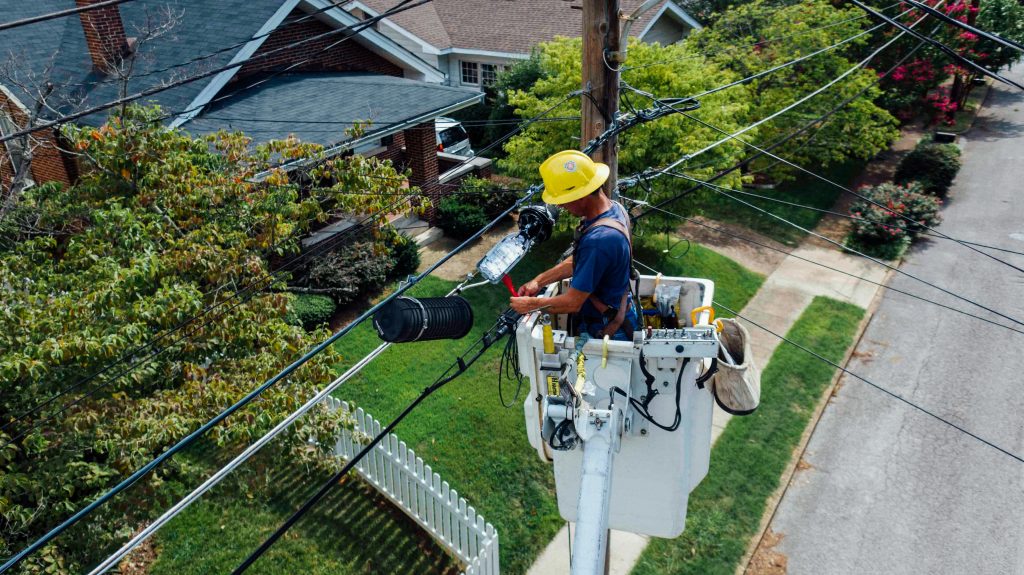
If you’re trying to create a budget, there are several methods that can help you get started. One of which is zero-based budgeting. This method is very detailed and helps you put each dollar to work. However, it is very precise, and some may say that only control freaks use this method. Here we’ll help you determine if zero-based budgeting is for you.
What Is Zero-Based Budgeting?
Essentially, with zero-based budgeting, you start from scratch every month. Instead of looking at past expenses to allocate funds and determine your budget, you assign every dollar a job until there is zero left unassigned. So your income minus expenses must equal zero, and if you overspend in one area, you must take it from another.
So, as you can see, zero-based budgeting is a little rigid. There is no wiggle room with this type of budgeting, and you must justify every expense. Plus, since you’re reassessing your budget every month, you are constantly reevaluating your spending habits. This may be why zero-based budgeting gets pegged as only being for control freaks. Is this really true, though?
Is Zero-Based Budgeting Only for Control Freaks?
Zero-based budgeting isn’t just for control freaks. This type of budgeting forces you to be intentional with your money and not overspend. However, it is a lot more work since you’ll have to create a new budget each month. It is for people who want clear control of their money. If you need to prioritize a goal like paying off your debt or you want to avoid being short on cash at the end of the month, zero-based budgeting might be right for you.
Other Types of Budgeting
If you hate the upfront work of zero-based budgeting, other methods may suit you better. For example, the 50/30/20 rule may provide more flexibility, and you won’t have to track everything. In the 50/30/20 rule, you’ll assign more broad categories and use 50% of your income for needs, 30% for wants, and 20% for debt and savings.
You may also want to experiment with cash stuffing or the pay yourself first method. Cash stuffing uses envelopes to divide cash into categories for spending. With pay yourself first budgeting, you save or invest a fixed amount before any other spending. If you find that you really hate budgeting, you may even consider the anti-budget. With an anti-budget, you only set aside enough money for your bills and savings, and then spend the rest as you wish. It’s the most flexible method, but not the most effective.
Choosing The Right Budgeting Style
There are so many ways to budget, and it’s not one-size-fits-all. It’s best to try out different budget types to see which one best fits your lifestyle and personality. If you pick a budgeting style that best suits you, you’re more likely to stick with it. Then, you’ll be able to reach your financial goals more easily.
Read More
8 Utility Bill Cuts That Your Service Providers Are Willing To Give If Only You’d Ask
4 Reasons Teaching Kids to Garden Is a Great Low-Cost Educational Experience



